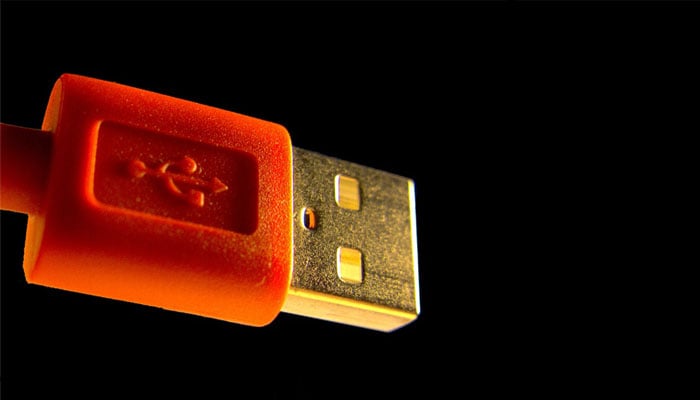About Us
Plywood is a sheet material manufactured from thin layers or “plies” of wood veneer that are glued together with adjacent layers having their wood grain rotated up to 90 degrees to one another. It is an engineered wood from the family of manufactured boards which includes medium-density fibreboard (MDF) and particle board (chipboard).

All plywoods bind resin and wood fiber sheets (cellulose cells are long, strong and thin) to form a composite material. This alternation of the grain is called cross-training and has several important benefits: it reduces the tendency of wood to split when nailed at the edges; it reduces expansion and shrinkage, providing improved dimensional stability; and it makes the strength of the panel consistent across all directions. There is usually an odd number of plies so that the sheet is balanced—this reduces warping. Because plywood is bonded with grains running against one another and with an odd number of composite parts, it is very hard to bend it perpendicular to the grain direction of the surface ply.
Smaller thinner plywoods and lower quality plywoods (see Average-quality plywood photo below and right) may only have their plies (layers) arranged at right angles to each other, though some better quality plywood products will by design have five plies in steps of 45 degrees (0, 45, 90, 135, and 180 degrees), giving strength in multiple axes.
Softwood plywood
Softwood panel is usually made either of cedar, Douglas fir or spruce, pine, and fir (collectively known as spruce-pine-fir or SPF) or redwood and is typically used for construction and industrial purposes.
The most common dimension is 1.2 by 2.4 meters (3 ft 11 in × 7 ft 10 in) or the slightly larger imperial dimension of 4 feet × 8 feet. Plies vary in thickness from 1.4 mm to 4.3 mm. The number of plies—which is always odd—depends on the thickness and grade of the sheet. Roofing can use the thinner 5/8″ (15 mm) plywood. Subfloors are at least 3/4″ (18 mm) thick, the thickness depending on the distance between floor joists. Plywood for flooring applications is often tongue and groove; This prevents one board from moving up or down relative to its neighbor, so providing a solid-feeling floor when the joints do not lie over joists. T&G plywood is usually found in the 1/2″ to 1″ (12–25 mm) range.
Hardwood plywood
Hardwood plywood is made out of wood from angiosperm trees and used for demanding end uses. Hardwood plywood is characterized by its excellent strength, stiffness, and resistance to creep. It has a high planar shear strength and impact resistance, which make it especially suitable for heavy-duty floor and wall structures. Oriented plywood construction has a high wheel-carrying capacity. Hardwood plywood has excellent surface hardness, and damage- and wear-resistance.
Tropical plywood
Tropical plywood is made of mixed species of tropical wood. Originally from the Asian region, it is now also manufactured in African and South American countries. Tropical plywood is superior to softwood plywood due to its density, strength, evenness of layers, and high quality. It is usually sold at a premium in many markets if manufactured with high standards. Tropical plywood is widely used in the UK, Japan, United States, Taiwan, Korea, Dubai, and other countries worldwide. It is the preferred choice for construction purposes in many regions due to its low cost. However, many countries’ forests have been over-harvested, including the Philippines, Malaysia, and Indonesia, largely due to the demand for plywood production and export.
Aircraft plywood
High-strength plywood also known as aircraft plywood, is made from mahogany and/or birch, and uses adhesives with increased resistance to heat and humidity. It was used for several World War II fighter aircraft. Although the British-built Mosquito bomber, nicknamed “The Wooden Wonder”, was constructed of a plywood monocoque, this was formed in molds from individual veneers of birch and balsa, rather than machined from pre-laminated plywood sheets.
Structural aircraft-grade plywood is more commonly manufactured from African mahogany or American birch veneers that are bonded together in a hot press over hardwood cores of basswood or poplar or from European Birch veneers throughout. Basswood is another type of aviation-grade plywood that is lighter and more flexible than mahogany and birch plywood but has slightly less structural strength. Aviation-grade plywood is manufactured to a number of specifications including those outlined since 1931 in the Germanischer Lloyd Rules for Surveying and Testing of Plywood for Aircraft and MIL-P-607, the latter of which calls for shear testing after immersion in boiling water for three hours to verify the adhesive qualities between the plies and meets specifications.
